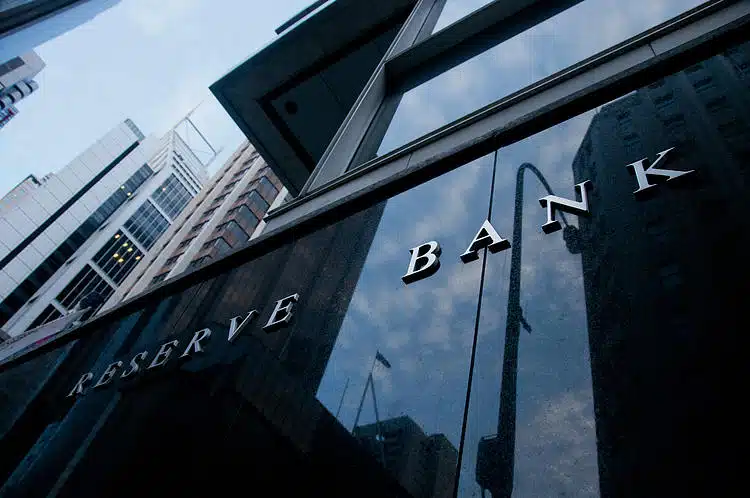The Reserve Bank of Australia (RBA) recently published its semi-annual Financial Stability Review (FSR). It stated that Australian banks are in good shape despite increasingly fragile conditions within global markets. The banks were found to be well capitalized, profitable, and highly liquid.
The RBA warned that raising global financial stability risks have made Australia more susceptible to financial shocks. An escalation of trade tensions could tighten credit conditions, weigh on asset prices, and erode business and consumer confidence. However, the RBA noted that domestic banks are well capitalized, profitable, and highly liquid. Furthermore, most Australian households and firms are well placed to cope with higher interest rates and inflation.
The FSR suggests that the Australian Prudential Regulation Authority (APRA) has stepped up its oversight of domestic institutions, and is considering regulatory lessons. It concludes that regulators need to tighten rules in order to protect the financial sector from risks such as “digital” runs on banks. If central banks continue to tighten and inflation remains high, the financial system could be left vulnerable. The RBA is currently keeping a watching brief on cyberattacks, climate change, and geopolitical risks.
Despite these various risks, the RBA does not believe Australia’s housing market is likely to experience a sudden crash. A downturn in home lending is predicted to occur gradually, as the Australian housing market cools. Although there is some stress present in the domestic construction and commercial lending sectors, domestic banks are well placed to absorb any increase in non-performing loans. Furthermore, lenders are provisioning for loan arrears to rise, albeit from very low levels, and mortgages in negative equity make up just 1% of total loans.
The FSR adds that although some households are susceptible to the increased credit environment, the majority are in good shape to deal with new pressures. However, a squeeze on budgets from higher interest rates and inflation is expected to last for some time, meaning that vulnerable households could be overstretched. Those who have been reliant on credit could endure a new standard of tight financial strain: this may result in some fallouts similar to those seen in the US mid-2000s, but not on the same scale.
Following the FSR, the focus for banks will be on managing liquidity and maintaining a low loan-to-deposit ratio (<1). This will enable them to continue generating sufficient profits, establish a stable funding base, and reduce their reliance on wholesale funding. Further efforts will include encouraging banks to implement stress tests and maintain stronger capital positions. In conclusion, the Reserve Bank of Australia's semi-annual Financial Stability Review found that Australian banks are well positioned to navigate the risks within global financial markets. Moving forward, banks must tackle risks such as digital runs while preparing to manage tighter credit environments. By maintaining a low loan-to-deposit ratio, implementing stress tests, and strengthening capital positions, Australian banks can protect themselves from further financial risks.


